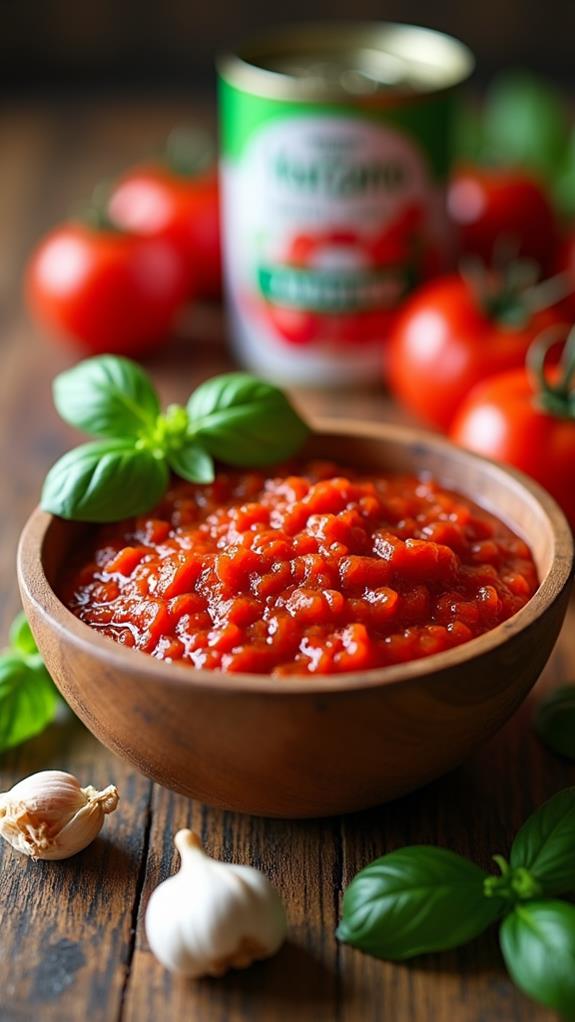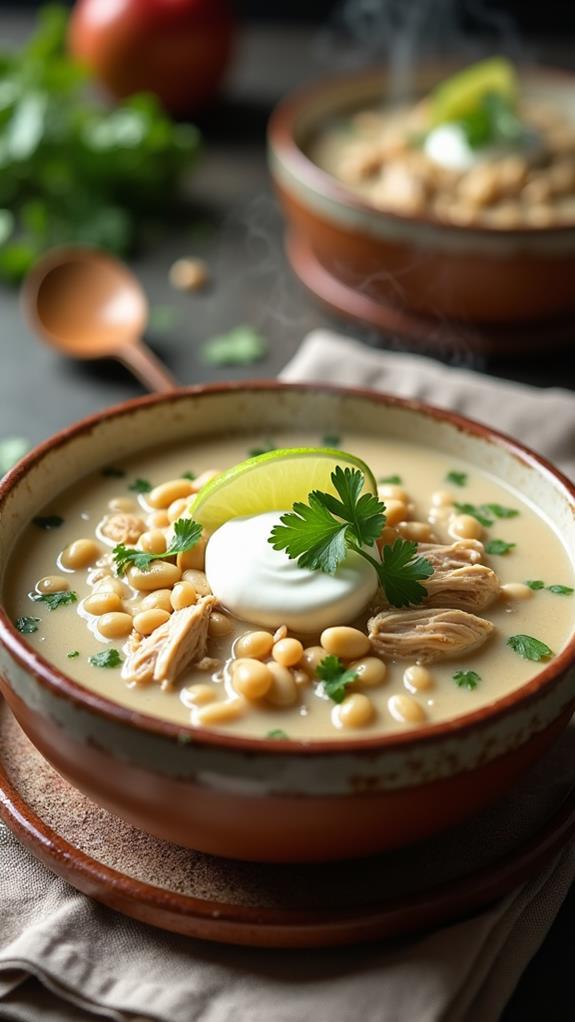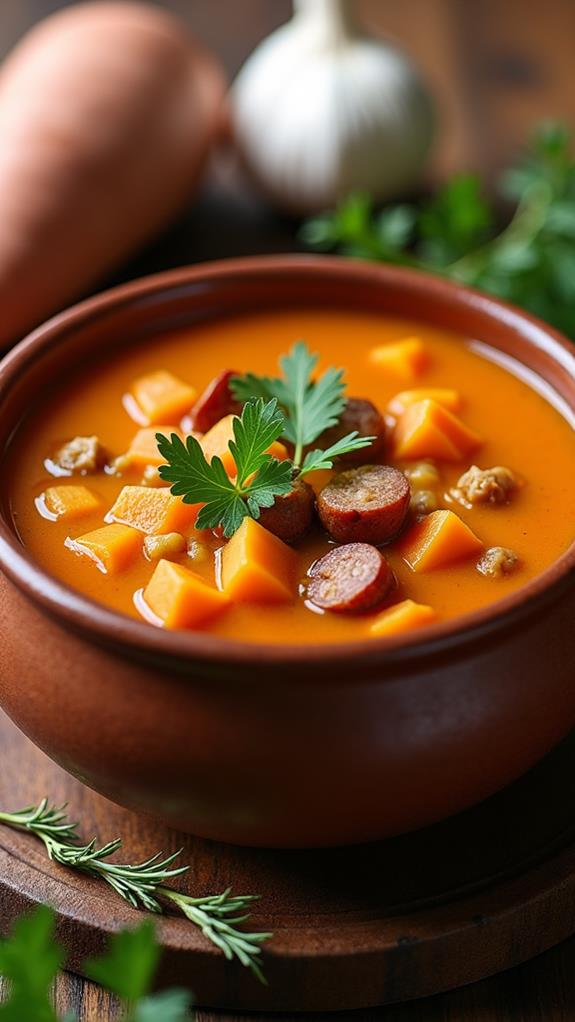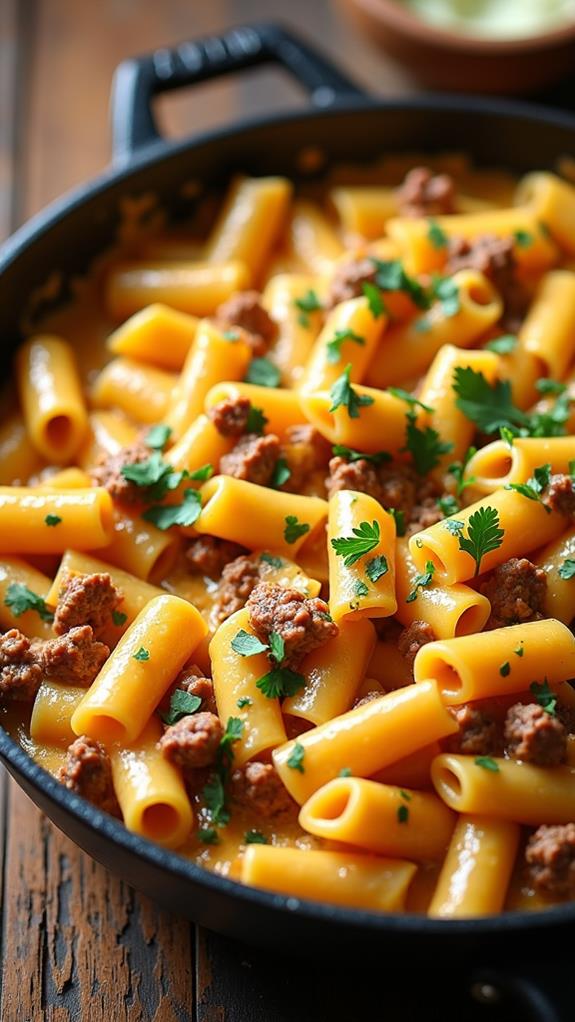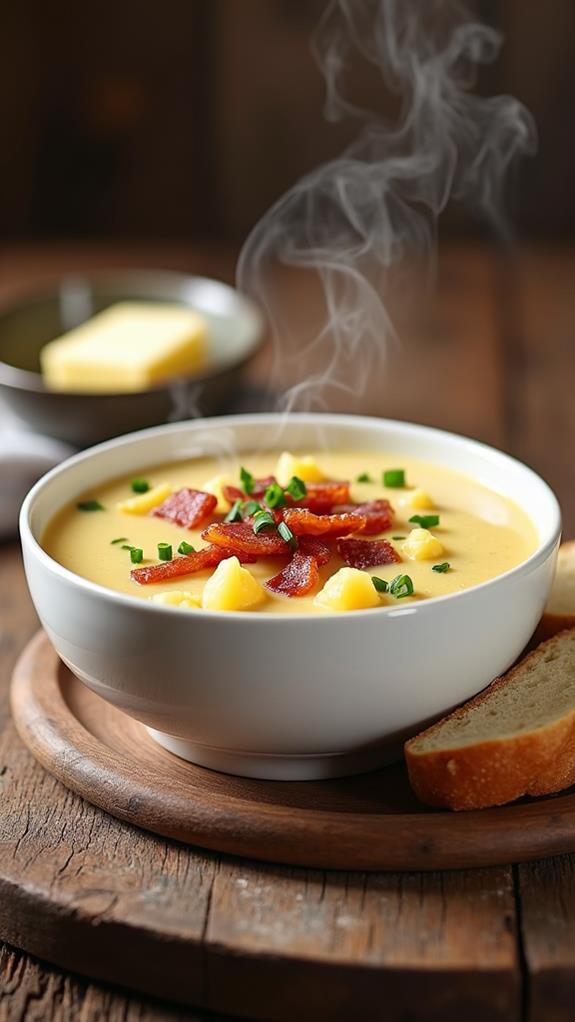Old Fashioned Vegetable Beef Soup Recipe
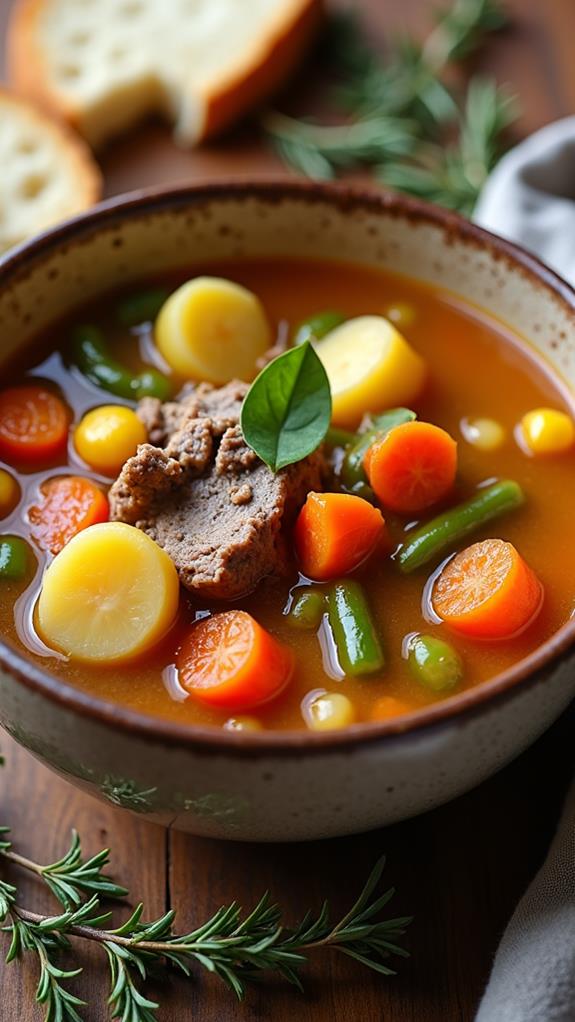
There’s nothing quite like a steaming bowl of homemade vegetable beef soup to warm your soul and bring comfort to any day. This old fashioned vegetable beef soup recipe brings together tender chunks of beef, fresh vegetables, and aromatic herbs in a rich, savory broth that tastes just like grandma used to make.
Perfect for chilly evenings, family dinners, or meal prep, this hearty soup is both nutritious and satisfying. Follow along as I share my tried-and-true recipe that creates a pot of pure comfort food magic.
What is “Old Fashioned Vegetable Beef Soup”?
Old fashioned vegetable beef soup is a classic American comfort food that combines tender beef, mixed vegetables, and a flavorful broth. This traditional soup has been a staple in family kitchens for generations, offering a complete meal in a single bowl.
The beauty of this soup lies in its simplicity and versatility. Using basic ingredients that you likely already have in your pantry and refrigerator, you can create a nourishing meal that feeds a crowd and tastes even better the next day.
Ingredients List for Old Fashioned Vegetable Beef Soup
- 2 pounds beef chuck roast or stew meat, cut into 1-inch cubes
- 2 tablespoons olive oil
- 1 large onion, diced
- 3 celery stalks, chopped
- 3 carrots, sliced into rounds
- 3 cloves garlic, minced
- 8 cups beef broth
- 2 cups water
- 1 can (14.5 oz) diced tomatoes
- 2 medium potatoes, peeled and cubed
- 1 cup green beans, trimmed and cut into 1-inch pieces
- 1 cup corn kernels (fresh or frozen)
- 2 bay leaves
- 1 teaspoon dried thyme
- 1 teaspoon dried oregano
- Salt and black pepper to taste
- 2 tablespoons fresh parsley, chopped (for garnish)
How to Cook Old Fashioned Vegetable Beef Soup: A Step-by-Step Guide
Creating the perfect old fashioned vegetable beef soup requires patience and attention to detail. Here’s my comprehensive guide to ensure your soup turns out delicious every time:
1. Prepare and Brown the Beef:
- Pat the beef cubes dry with paper towels and season generously with salt and pepper.
- Heat olive oil in a large Dutch oven or heavy-bottomed pot over medium-high heat.
- Brown the beef cubes in batches, ensuring each piece develops a golden crust on all sides.
- This browning process takes about 6-8 minutes per batch and creates the foundation of flavor for your soup.
2. Sauté the Aromatics:
- Remove the browned beef and set aside, leaving the flavorful drippings in the pot.
- Add diced onions to the same pot and cook for 3-4 minutes until they become translucent.
- Add chopped celery and carrots, cooking for another 3-4 minutes until slightly softened.
- Stir in minced garlic and cook for 30 seconds until fragrant.
3. Build the Soup Base:
- Return the browned beef to the pot with the vegetables.
- Pour in the beef broth and water, scraping up any browned bits from the bottom of the pot.
- Add the diced tomatoes with their juice, bay leaves, thyme, and oregano.
- Bring the mixture to a boil, then reduce heat to low and cover.
4. Simmer the Soup:
- Let the soup simmer gently for 1 to 1.5 hours, or until the beef becomes tender.
- Stir occasionally and skim off any foam that rises to the surface.
- The long, slow cooking process ensures the beef becomes fork-tender and the flavors meld beautifully.
5. Add the Remaining Vegetables:
- Add the cubed potatoes to the pot and continue simmering for 15 minutes.
- Stir in the green beans and corn, cooking for an additional 10-15 minutes.
- All vegetables should be tender but not mushy when finished.
6. Final Seasoning and Serving:
- Remove the bay leaves and taste the soup for seasoning.
- Adjust salt and pepper as needed to achieve your preferred flavor balance.
- Ladle into bowls and garnish with fresh chopped parsley before serving.
Substitutions and Variations
This old fashioned vegetable beef soup recipe is wonderfully adaptable. Here are some substitutions and variations you can try:
- Beef: Replace chuck roast with beef short ribs for extra richness, or use ground beef for a quicker cooking time.
- Vegetables: Swap green beans for peas or lima beans, or add mushrooms for extra umami flavor.
- Potatoes: Use sweet potatoes instead of regular potatoes for a slightly sweet twist.
- Broth: Substitute beef broth with vegetable broth for a lighter option, though the flavor will be less rich.
- Herbs: Fresh herbs like rosemary or sage can replace the dried thyme and oregano for a more aromatic soup.
- Grains: Add barley or rice during the last 30 minutes of cooking for a heartier texture.
Common Mistakes to Avoid
When making old fashioned vegetable beef soup, avoid these common pitfalls to ensure the best results:
- Skipping the Browning Step: Don’t rush past browning the beef; this step creates essential flavor depth that can’t be replicated later.
- Overcooking Vegetables: Add vegetables in stages based on their cooking times to prevent them from becoming mushy.
- Using Low-Quality Broth: Invest in good-quality beef broth or make your own for the best flavor foundation.
- Not Seasoning Throughout: Taste and adjust seasoning at multiple stages rather than only at the end.
- Rushing the Simmering Process: Allow adequate time for the beef to become tender; this can’t be hurried.
How to Serve Old Fashioned Vegetable Beef Soup
This hearty soup serves beautifully as a complete meal. I recommend serving it in deep bowls alongside crusty bread or warm dinner rolls for dipping. A simple side salad with mixed greens provides a fresh contrast to the rich, warming soup.
For a more casual presentation, serve with saltine crackers or oyster crackers that guests can add to their bowls. A dollop of sour cream or a sprinkle of shredded cheese can also enhance the soup’s richness.
Presentation Ideas for Old Fashioned Vegetable Beef Soup
To elevate your soup presentation, consider these simple but effective ideas:
- Rustic Bread Bowls: Serve the soup in hollowed-out sourdough bread bowls for a cozy, restaurant-style presentation.
- Herb Garnish: Top each bowl with a sprig of fresh thyme or a few parsley leaves for color and aroma.
- Cheese Croutons: Float homemade cheese croutons on top of each serving for added texture and flavor.
- Colorful Vegetables: Reserve some diced fresh vegetables to sprinkle on top for visual appeal and texture contrast.
Old Fashioned Vegetable Beef Soup Recipe Tips
Here are my best tips for creating an exceptional vegetable beef soup:
- Choose the Right Cut: Chuck roast or stew meat works best due to its marbling, which becomes tender during long cooking.
- Cut Uniformly: Keep all vegetable pieces roughly the same size for even cooking.
- Layer Your Flavors: Season at each step rather than only at the end for more complex flavor development.
- Don’t Overfill: Leave space in your pot for the soup to simmer properly without boiling over.
- Taste and Adjust: Always taste before serving and adjust seasonings as needed.
- Make It Ahead: This soup tastes even better the day after it’s made, so consider preparing it in advance.
How to Store Old Fashioned Vegetable Beef Soup
Allow the soup to cool completely before storing (within 2 hours of cooking). Transfer to airtight containers and refrigerate for up to 4-5 days. The soup can also be frozen for up to 3 months in freezer-safe containers, leaving some space for expansion.
When reheating, add a splash of broth or water if the soup has thickened too much during storage. Heat gently on the stovetop, stirring occasionally until heated through.
Frequently Asked Questions (FAQs)
Q: Can I make this soup in a slow cooker?
A: Yes! Brown the meat first, then transfer everything to a slow cooker. Cook on low for 6-8 hours or high for 3-4 hours, adding tender vegetables in the last hour.
Q: How can I thicken my vegetable beef soup?
A: Mix 2 tablespoons of cornstarch with cold water to create a slurry, then stir into the simmering soup. You can also mash some of the potatoes against the side of the pot.
Q: Can I use frozen vegetables?
A: Absolutely! Add frozen vegetables during the last 10-15 minutes of cooking to prevent them from becoming overcooked.
Q: What’s the best way to cut the beef?
A: Cut against the grain into uniform 1-inch cubes. Trimming excess fat is fine, but leave some for flavor.
Q: Can I make this soup dairy-free?
A: This recipe is naturally dairy-free! Just avoid any cheese or cream garnishes when serving.
Q: How do I know when the beef is tender enough?
A: The beef should easily fall apart when pierced with a fork. This usually takes 1-1.5 hours of gentle simmering.
Conclusion
This old fashioned vegetable beef soup recipe creates a bowl of pure comfort that brings families together around the dinner table. With its tender beef, colorful vegetables, and rich, savory broth, it’s a complete meal that satisfies both hunger and soul.
The beauty of this recipe lies in its simplicity and the way it transforms basic ingredients into something truly special. Take your time with each step, especially the browning and simmering phases, and you’ll be rewarded with a soup that tastes like it’s been simmering in grandmother’s kitchen all day.
Whether you’re feeding a hungry family, meal prepping for the week, or simply craving some homemade comfort food, this vegetable beef soup delivers every time. The recipe makes a generous batch, so you can enjoy it fresh and save some for later – because like all great comfort foods, it somehow tastes even better the next day. Happy cooking!


